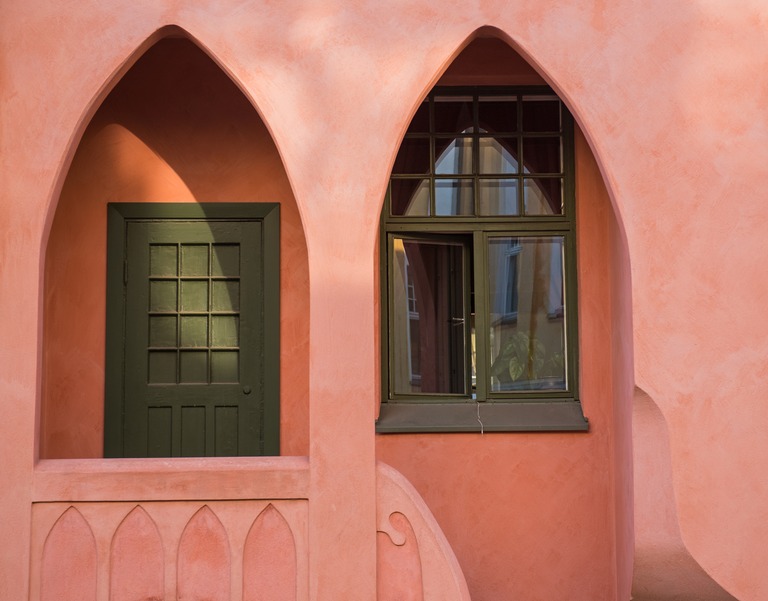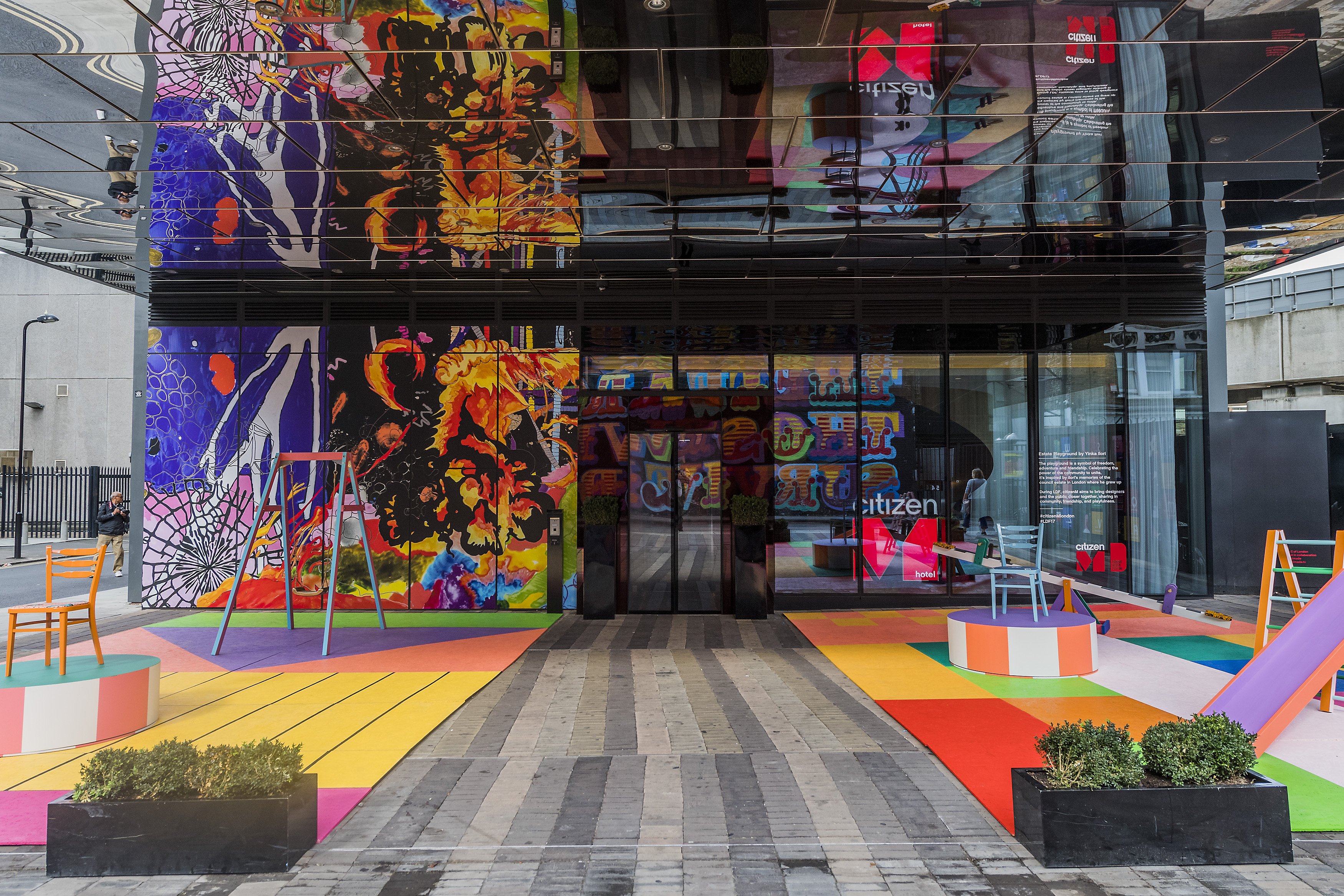Which comes first: colour or form?

Brightly coloured surfaces are in fashion in architecture ‑ but why? Who decides building colours? What does the colour pink mean? Listen the Helsinki Design Weekly podcast, and you’ll know.
Brightly coloured surfaces are in fashion in architecture ‑ but why? Who decides building colours? What does the colour pink mean? Listen the Helsinki Design Weekly podcast, and you’ll know.
In the studio with Helsinki Design Weekly, we’ll meet landscape architect Saara Pyykkö, who does research for Aalto University about the colours used in new district architecture, and interior architect Fanni Suvila, who knows about pink. In addition, British designer Yinka Ilori tells the story of how he uses colours in his work.

Who decides the colour of the city?
Saara Pyykkö: “First of all, the urban planners consider the identity and atmosphere of the new area. Their preparatory plan is part of a political decision-making process, and the approved plan is a political decision. Once the plan has been confirmed, contractors, architects and various other people and functions have their say. Therefore building colours are by no means decided by the building architect alone.”
Why do new houses include brightly coloured elements?
Pyykkö: “That’s a good question, and to know what the colours mean here would require an extensive interview. How do they relate to the building and will they stand the test of time? How will the colours look in ten years? They’ll grow old differently compared to a red-ochre farmhouse.”
Suvila: “Colour and form go hand in hand. I’m interested in lime green, for example. It’s a bit ugly but also a fascinating colour. The colour might be acceptable in a rough matte-finished cubicle, but it’s much harder to accept when combined with modern architecture and glass panels, for example.”
Pyykkö: “Material is important to point out. Glass, plexiglass, metal – they all represent possibilities to produce intensive, uniform coloured surfaces, of lime green or orange, for example. This was not possible before. Architecture always strives to create something new and test new materials. These elements are the products of our time. I believe a new era has begun and this is an adverse effect.”
Listen to the entire discussion and take the bubbly-glass test here.